Russia has conducted successive tests of two of its most advanced strategic weapons — the Burevestnik nuclear-powered cruise missile and the Poseidon nuclear-capable underwater drone.
President Vladimir Putin personally announced both developments, stating what he called Russia’s “unmatched” capabilities and signalling defiance toward mounting Western pressure, particularly from the United States under President Donald Trump.
The tests mark a new phase in what analysts describe as an escalating technological race among major nuclear powers, with the United States, Russia, and China each expanding or modernising their arsenals.
Putin’s declarations also came at a politically charged moment — just as Trump announced that Washington would resume nuclear weapons testing for the first time in more than three decades.
Putin confirms nuclear-powered Poseidon test
During a meeting in Moscow with Russian soldiers injured in Ukraine, Putin revealed that Russia had successfully tested the Poseidon, a nuclear-powered underwater drone designed to carry a nuclear warhead capable of triggering radioactive tsunamis along enemy coastlines.
“For the first time, we managed not only to launch it from its carrier submarine … but also to activate its nuclear power unit, allowing the vehicle to operate for a certain period of time," Putin stated.
He added, “In terms of speed and operating depth, there is nothing like this unmanned vehicle anywhere in the world, and it’s unlikely that anything similar will appear in the near future. And there is no way to intercept it."
Putin described the Poseidon as running on a compact nuclear reactor “100 times smaller” than those used on conventional submarines.
Despite its reduced size, he claimed it delivers extraordinary power — greater even than Russia’s most advanced Sarmat intercontinental ballistic missile, also known by its Nato designation “Satan II.”
While the exact location of the test was not disclosed, the announcement marked the first confirmation that Poseidon’s nuclear propulsion system had been successfully activated during a full trial.
The system is believed to be designed for deployment from Russia’s Belgorod-class submarines, which have been specially adapted to carry the enormous drone.
What we know about Poseidon
The Poseidon, named after the ancient Greek god of the sea, is among the most unconventional weapons developed in the post-Cold War era. It combines the characteristics of a drone and a torpedo, engineered for stealth, long endurance, and massive destructive potential.
According to data circulated by Russian state media and open-source intelligence assessments, Poseidon measures about 20 metres in length, 1.8 metres in diameter, and weighs close to 100 tonnes.
It can travel underwater at speeds of up to 185-200 km/h — far faster than any known torpedo — and at depths that make interception virtually impossible. With nuclear propulsion, it is designed for an almost unlimited range, allowing it to cross entire oceans undetected.
Arms control experts estimate Poseidon can carry a two-megaton nuclear warhead, powerful enough to destroy a large coastal city or trigger massive radioactive flooding.
Its potential use would represent a drastic shift in nuclear strategy, as it falls outside the conventional land-, air-, and sea-based frameworks of deterrence.
Military observers in Moscow have framed the Poseidon as a strategic equaliser, intended to penetrate or bypass any future missile defence systems deployed by the United States or Nato.
Putin has long argued that Washington’s withdrawal in 2001 from the Anti-Ballistic Missile (ABM) Treaty and subsequent deployment of missile shields in Europe undermined global stability, forcing Russia to innovate new offensive systems.
What we know about the earlier test of the Burevestnik missile
The Poseidon announcement followed closely on the heels of Russia’s other major weapons milestone — the Burevestnik cruise missile test on October 21, which the Kremlin hailed as a breakthrough in nuclear propulsion technology.
General Valery Gerasimov, Russia’s chief of the General Staff, reported to Putin that the trial was “a complete success,” saying the missile covered 14,000 kilometres (8,680 miles) during a 15-hour flight using nuclear fuel.
“It conducted maneuvers demonstrating its high capabilities in evading missile and air defence systems,” Gerasimov said.
Putin described the Burevestnik’s design as revolutionary, highlighting its miniature reactor, which he said was “1,000 times smaller” than a submarine’s and could reach operational power within minutes.
By comparison, submarine reactors can take hours to activate. He called it an “engineering breakthrough” and a “huge achievement” for Russia’s defence industry.
The Burevestnik, meaning “storm petrel” in Russian, is the world’s first known nuclear-powered cruise missile, giving it an effectively unlimited range and endurance.
Unlike conventional missiles that rely on chemical fuel and require predictable flight paths, the Burevestnik can remain airborne for days, circling and re-entering contested airspace from unexpected directions. Its purpose is to render missile defence networks — like those operated by Nato — obsolete.
The missile’s ability to loiter indefinitely and strike unpredictably from any vector makes it an unprecedented challenge for defence planners.
How Putin is touting Russia’s nuclear power
The timing of the Burevestnik and Poseidon tests reflects Moscow’s intent to showcase strategic resilience at a time when relations with Washington have deteriorated further.
Trump, who recently referred to Russia as a “paper tiger” for its inability to swiftly conclude the Ukraine war, has increased sanctions and postponed a planned Budapest summit with Putin.
Following the weapons tests, Putin presided over large-scale nuclear launch drills on October 22, featuring the simultaneous participation of all three legs of Russia’s nuclear triad — intercontinental ballistic missiles, submarine-launched missiles, and air-launched cruise missiles.
State television broadcast images of Putin directing the exercises in military attire, reinforcing the message that Russia’s deterrent forces remain fully operational despite Western isolation.
Hours later, Putin endorsed Russia’s withdrawal from a 2000 plutonium disposal agreement with the United States, citing “new anti-Russian steps that radically change the strategic balance.”
The agreement had committed both countries to eliminate large Cold War–era stockpiles of weapons-grade plutonium, but Moscow now says Washington’s sanctions and NATO expansion make such cooperation impossible.
“It’s an attempt to exert pressure on Russia, but no self-respecting country and self-respecting people make any decisions under pressure,” Putin said.
He also warned that any Ukrainian attempt to strike deep inside Russia using long-range Western weapons would prompt “a very serious, if not to say stunning, response.”
Since the start of Russia’s full-scale invasion of Ukraine in February 2022, Putin has repeatedly invoked nuclear threats to deter Western involvement. He has said Moscow is prepared to use “all means” to defend its sovereignty.
How Trump has responded with US nuclear testing
Trump announced via Truth Social that he had ordered the Pentagon to “start testing our Nuclear Weapons on an equal basis” with other nuclear powers.
The declaration, made while en route to meet Chinese President Xi Jinping in Busan, South Korea, marks the first such US directive since 1992.
“Because of other countries testing programmes, I have instructed the Department of War to start testing our Nuclear Weapons on an equal basis. That process will begin immediately,” Trump posted.
“Russia is second, and China is a distant third, but will be even within 5 years.”
The statement, issued minutes before a scheduled trade negotiation with Xi, stunned Washington and drew immediate domestic and international reaction.
It was unclear whether Trump’s order referred to nuclear-explosive testing, which would involve detonations at sites such as Nevada’s former test range, or to flight testing of nuclear-capable missiles.
The National Nuclear Safety Administration would typically handle the former, while the US military oversees the latter.
The United States has not conducted a nuclear explosion test since September 1992, and most other major powers — except North Korea — ceased testing by the late 1990s.
Russia’s last confirmed test took place in 1990, and China’s in 1996.
Reaction in the United States to Trump’s announcement was swift and polarised. US Representative Dina Titus of Nevada posted on X: “I’ll be introducing legislation to put a stop to this.”
Arms control experts voiced concern that any resumption of testing could undermine decades of non-proliferation progress.
Daryl Kimball, director of the Arms Control Association, stated, “Trump is misinformed and out of touch. The U.S. has no technical, military, or political reason to resume nuclear explosive testing for the first time since 1992.”
Kimball warned that such a move could “trigger a chain reaction of nuclear testing by U.S. adversaries, and blow apart the nuclear Nonproliferation Treaty.”
He added that even if the United States were to proceed, it would take “at least 36 months” to prepare the Nevada test site for underground detonations, implying the announcement was primarily political signalling.
Trump, however, linked his decision directly to Moscow’s and Beijing’s recent activities.
He told reporters aboard Air Force One that “Putin should be working to end the war in Ukraine instead of testing missiles,” and added, “We have a nuclear submarine, the greatest in the world, right off their shores… we don’t need to go 8,000 miles.”
How China’s expanding arsenal makes it a three-way arms race
The timing of Trump’s nuclear test order coincides with accelerating nuclear developments in China. The Center for Strategic and International Studies (CSIS) reported that Beijing has expanded its nuclear stockpile from around 300 weapons in 2020 to roughly 600 in 2025 — a doubling within five years.
US military assessments predict China will possess over 1,000 nuclear warheads by 2030.
China’s Victory Day parade in September showcased five long-range nuclear delivery systems capable of reaching the continental United States, demonstrating its growing deterrence capacity.
The expansion has heightened strategic competition, with all three powers — the US, Russia, and China — now engaged in parallel modernisation efforts that analysts say could define the next nuclear era.
Despite earlier statements from Trump about pursuing trilateral arms control talks, Beijing rejected the proposal as “unreasonable and unrealistic,” citing the much smaller size of its arsenal compared to Washington and Moscow.
With both Moscow and Washington taking assertive steps, the fragile post–Cold War arms control architecture appears under severe strain.
Russia’s withdrawal from its plutonium disposal agreement, the US revival of nuclear testing, and the absence of new treaties following the expiry of New START all point to a rapidly eroding framework.
Also Watch:
With inputs from agencies


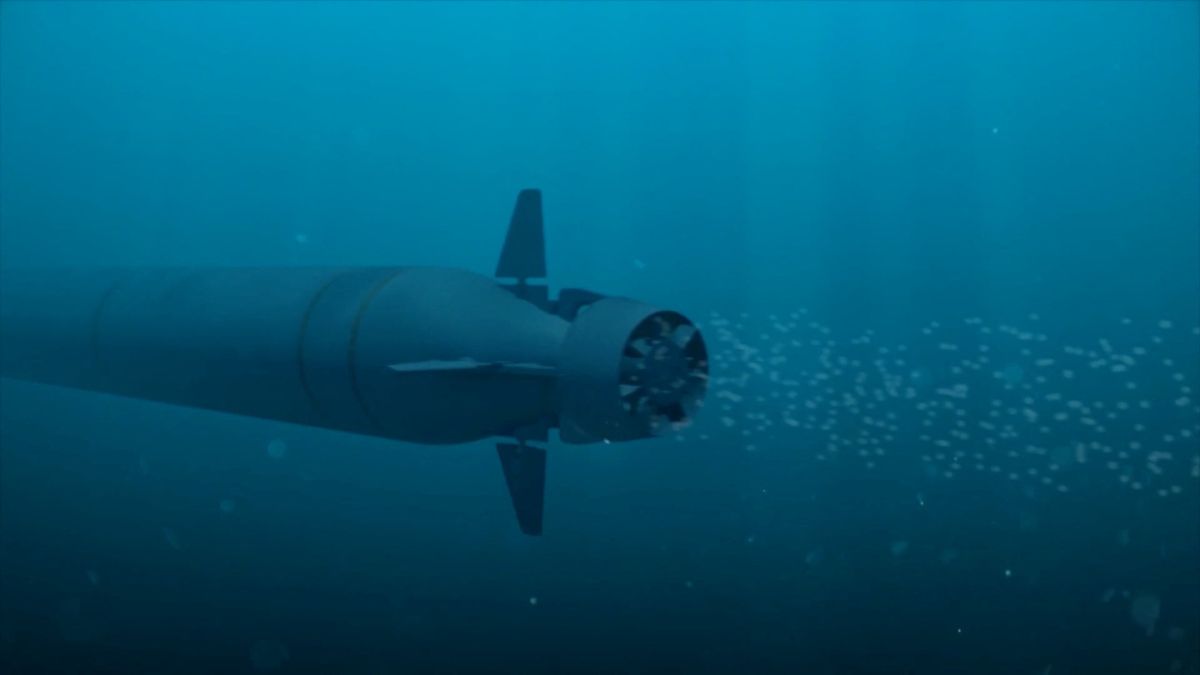)

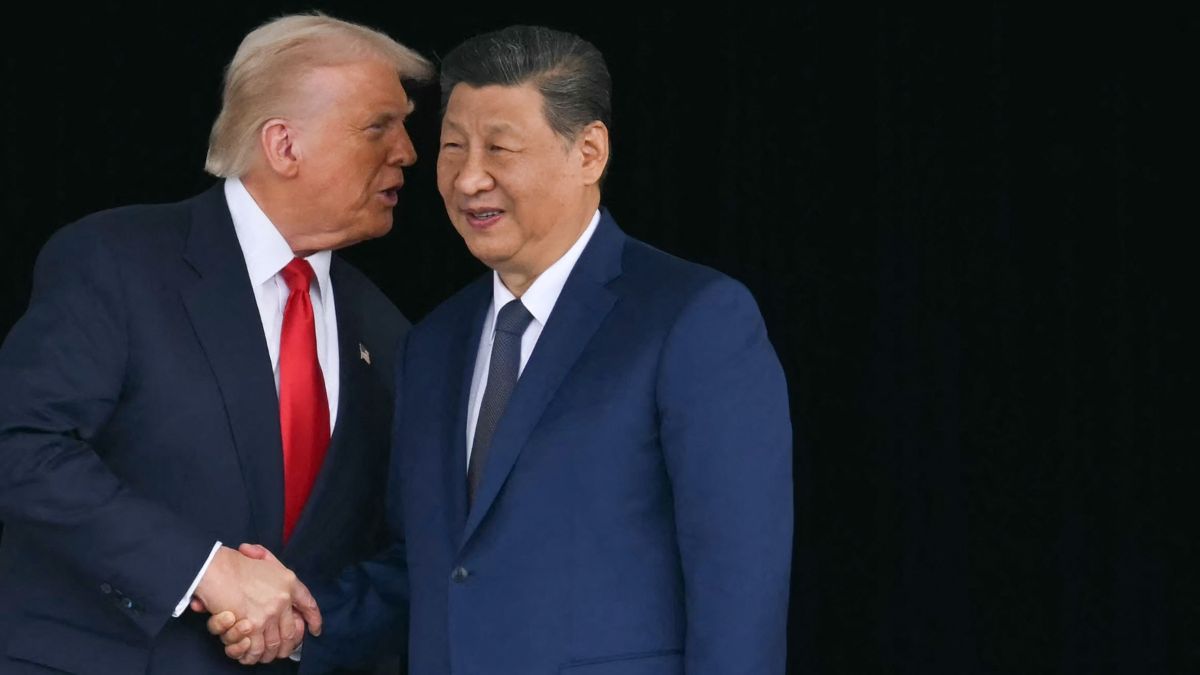)
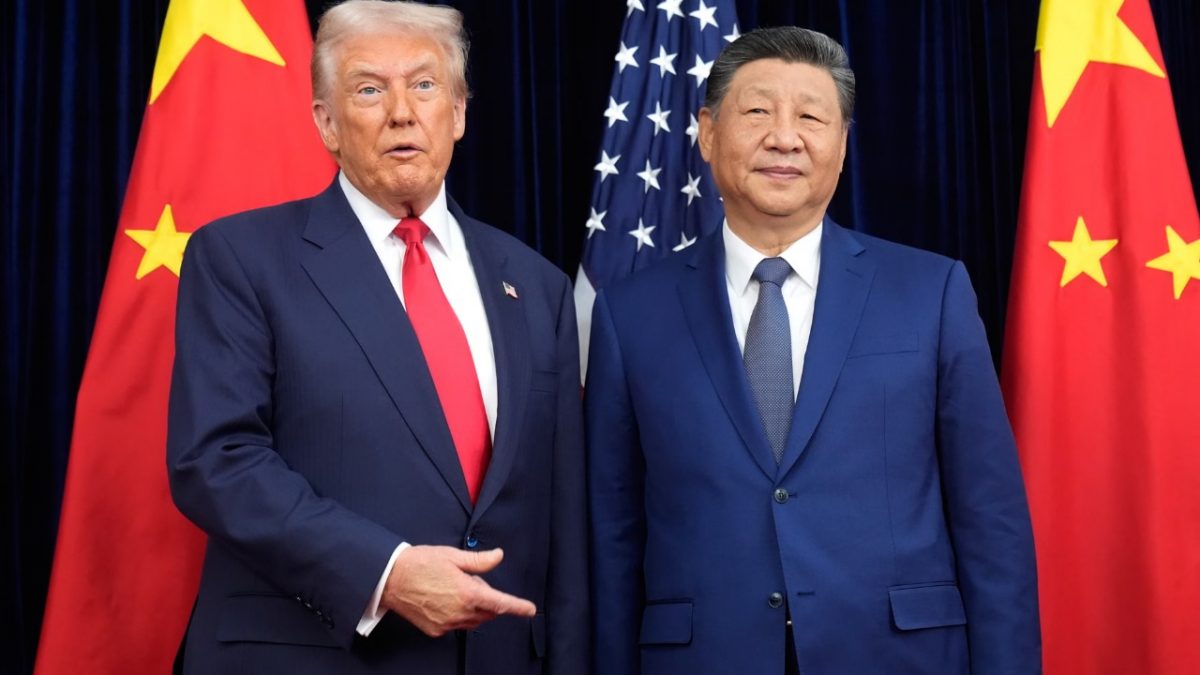)
)
)
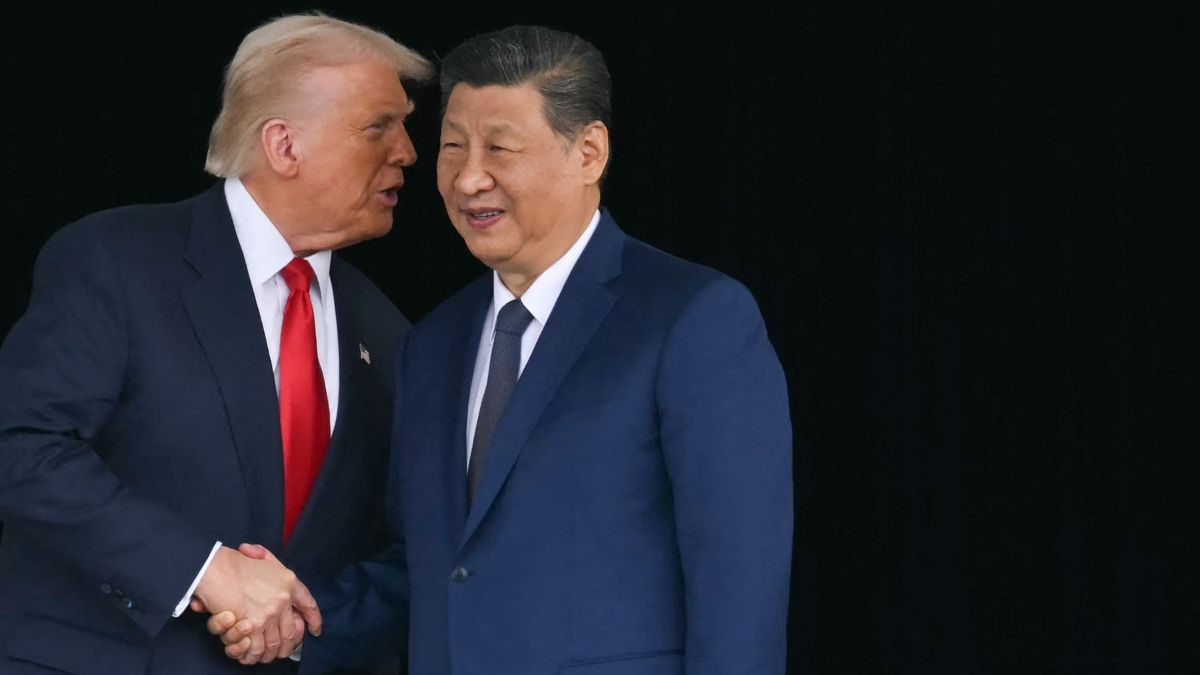)
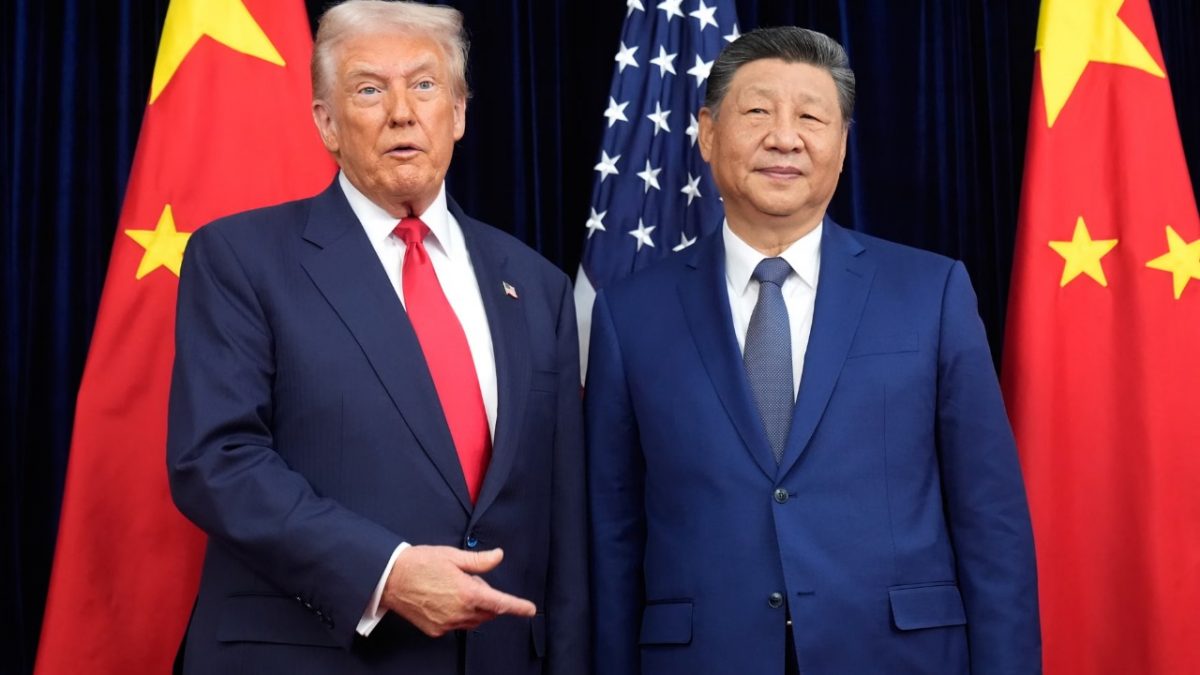)
)
)



